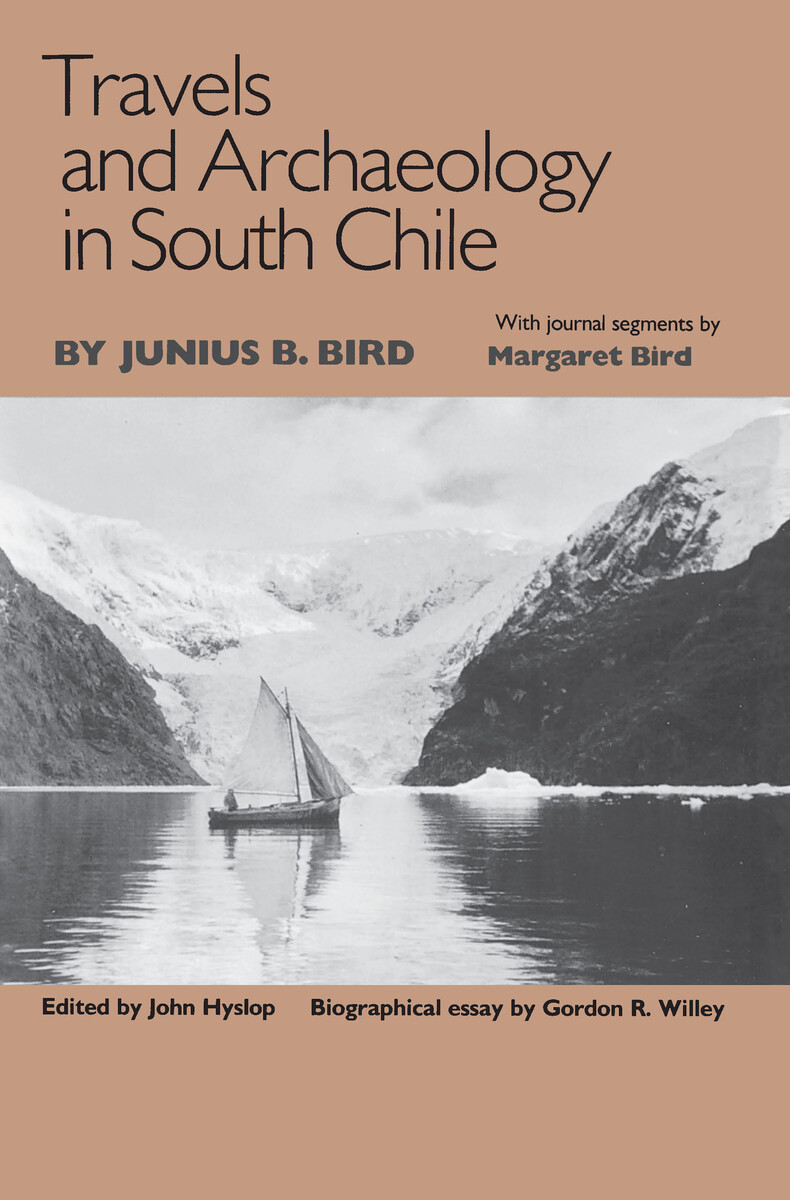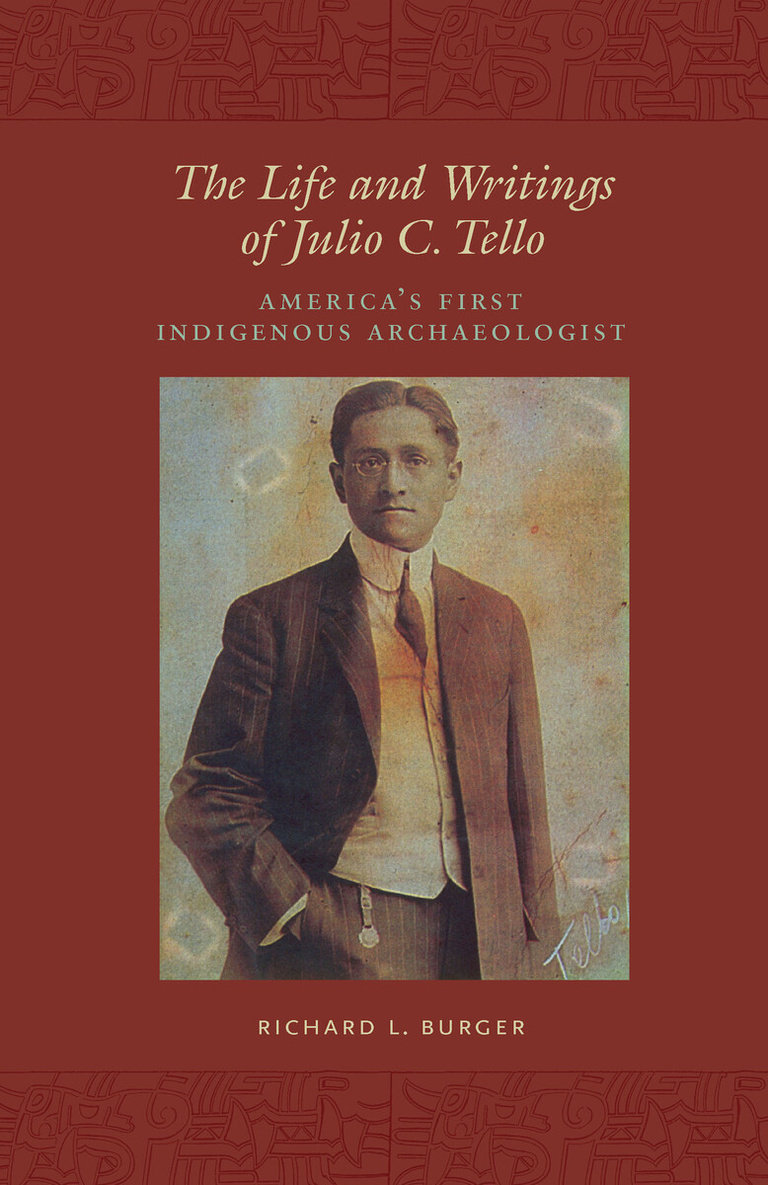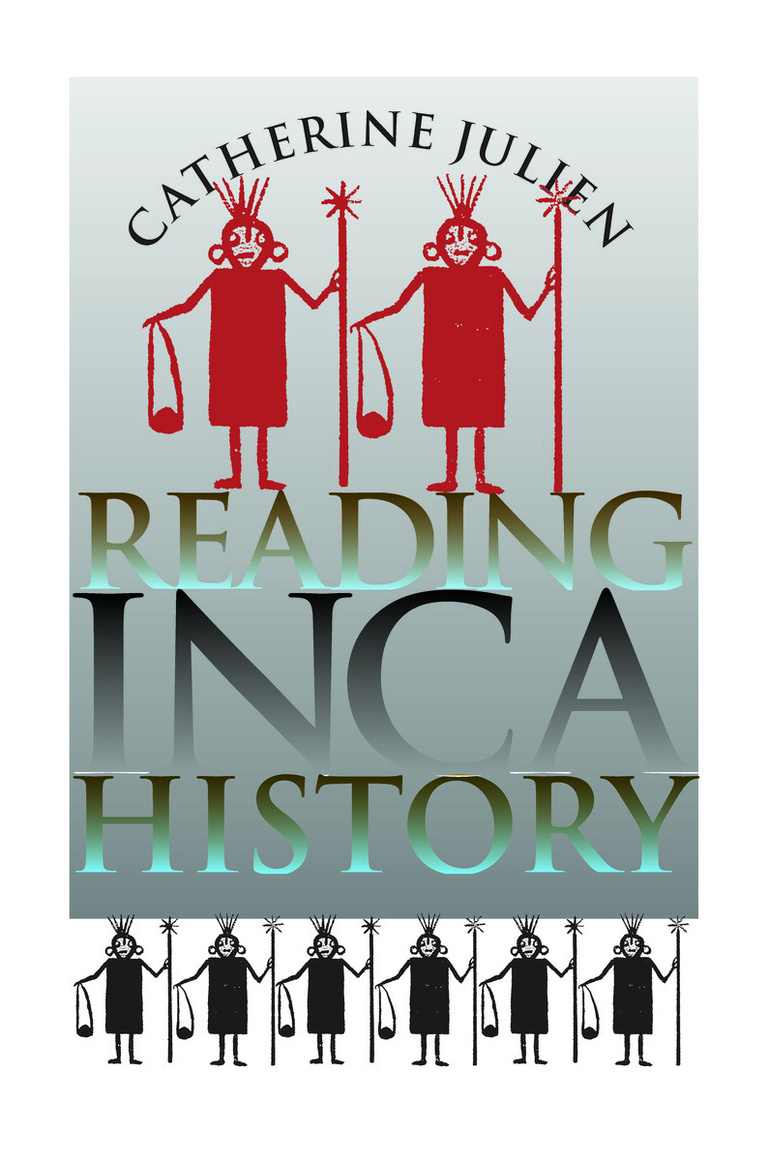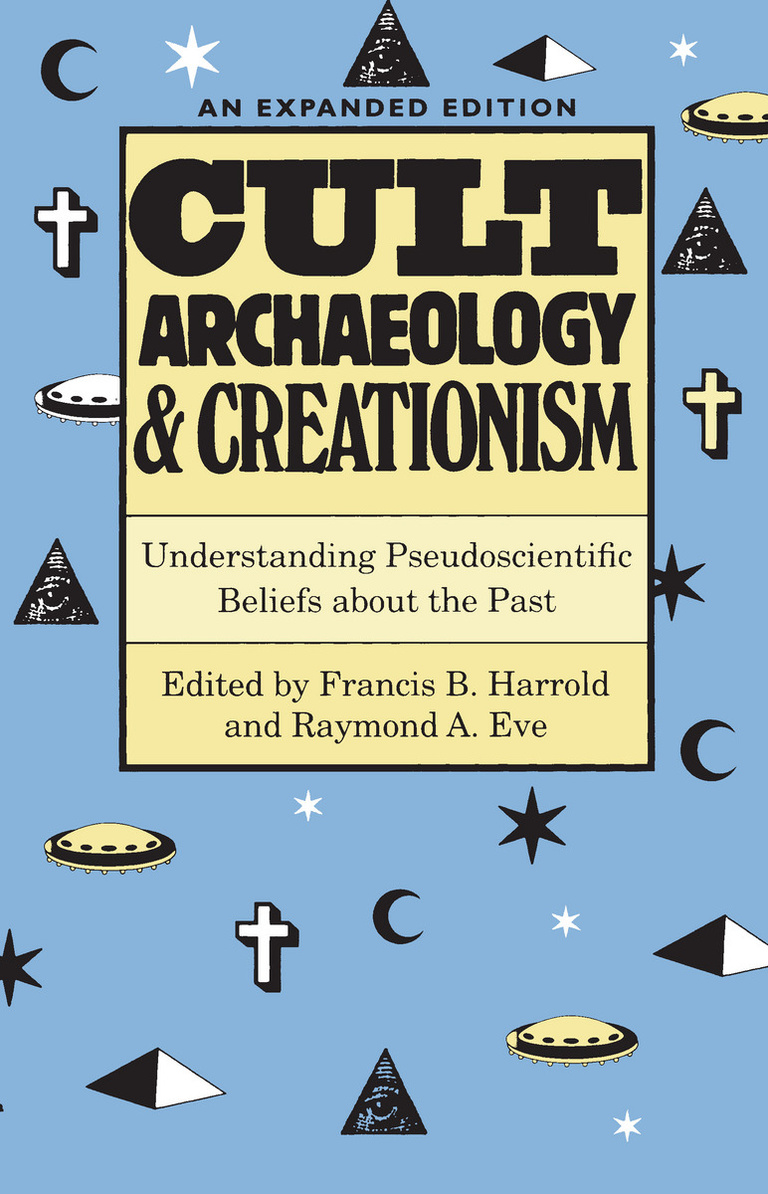Junius Bird's three great archaeological field achievements—at the Strait of Magellan in Chilean Patagonia, in the Atacama Desert of northern Chile, and at the sites of early coastal dwellers in northern Peru—made his reputation as a New World prehistorian. His work in south Chile is especially important, since it established the great antiquity of human populations in South America. Until now, most of Bird's Chilean data remained unpublished, but this rich collection of field notebooks from his 1936 and 1937 excavations makes this primary information available for the first time.
Included in this volume are new data from Bird's excavations at Palli Aike, Fell's Cave, and Cañadon Leona as well as Cerro Sota and Mylodon caves. Excerpts from his published articles plus contributions by Juliet Clutton-Brock and Vera Markgraf reinforce the book with major new information about these truly pioneering investigations. Complementing the technical data are excerpts from the field journal kept by Margaret (Peggy) Bird. Witty, charming, and personable, her writings convey the more human aspects of Bird's research while interpreting his theoretical ideas. Finally, the many photographs taken by the Birds add a striking visual dimension to this volume.
The Birds' fieldwork took place under conditions, and with a spirit, vastly different from those of most researchers today. The texts and teamwork revealed in Travels and Archaeology in South Chilewill appeal to everyone concerned with the heavily debated question of earliest peopling in the Americas, with South American anthropology and archaeology, and with the days when archaeology truly meant exploration.
"This is a remarkable book by one of the true geniuses in the field of anthropology during this century and one who provided valuable data for specialists in other disciplines as well."—H. M. Wormington
"An engaging manuscript that should charm a broad audience."—Thomas F. Lynch
"The field notes of Junius, and Peggy's diary, are valuable records of the excavations, artifacts, and interpretations of the best archaeologists to work in the southern tip of South America."—James G. Griffin
"Two sets of readers, those who admire Junius Bird as a scholar and as a man and the many who seek clearer understanding of the early conquest of the New World by Homo sapiens, will welcome this unusual book."—Antiquity
Preface
Biographical Essay: Junius Bouton Bird and American Archaeology, by Gordon R. Willey
1. Background and Departure
Overview
South Chile and the Canoe Indians
Daily Life Sailing the Channels
2. Chronological Synthesis and Dating
The Periods
The Radiocarbon Dates
3. Cañadon Leona
General Description
Excavation Information
The Artifacts
Faunal Remains
Possible Age of Deposit
Burials
Summary
Daily Life
4. Palli Aike
General Description
Excavation in Two Phases
Excavation Information
The Artifacts
Possible Age of Deposit
Faunal Remains
Human Remains
Daily Life
5. Fell's Cave
General Description
Excavation Information, 1936-1937
The Artifacts
Faunal Remains
Daily Life
Excavations by John Fell and the French Mission
Excavations, 1969-1970
The Carnivore Remains Excavated at
Fell's Cave in 1970, by Juliet Clutton-Brock
Fell's Cave: 11,000 Years of Changes in Paleoenvironments,
Fauna, and Human Occupation, by Vera Markgraf
6. Cerro Sota Cave
General Description
Excavation Information
The Artifacts
Faunal Remains
A Group Burial
Probable Dating of the Deposit
Daily Life
7. Mylodon Cave
Background
Structure of the Floor Deposit
Results and Conclusions
Human Remains
Sloth Skin
Broken or "Cut" Bone
Domestication of the Sloth
Summary of Evidence
Age of Remains
Two Additional Specimens
Editor's Postscript
Bibliography



